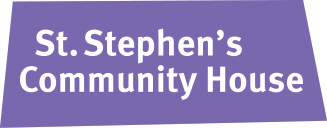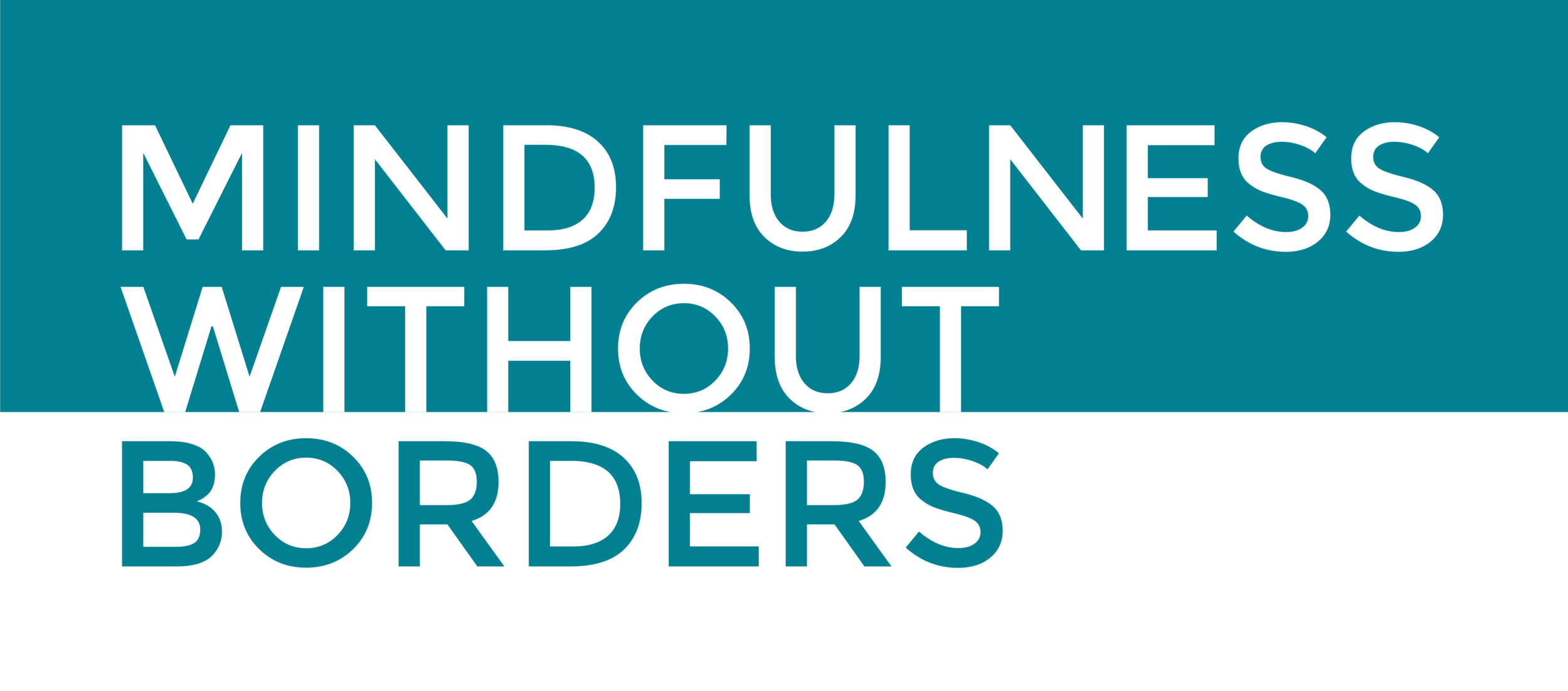I’ve heard the term “restorative justice”. What does it mean?
You may have heard it on the news regarding criminal cases. Restorative justice “seeks to repair harm by providing an opportunity for those harmed and those who take responsibility for the harm to communicate about and address their needs in the aftermath of a crime.” https://www.justice.gc.ca/eng/cj-jp/rj-jr/index.html
The government’s definition is overly narrow. Yes, it’s an attempt to repair harm. But R.J. can be employed between people whenever harm occurs, not only in “the aftermath of a crime”.
In my practice as a family and workplace mediator, for example, I facilitate conversations to resolve disputes and repair relationships in cases where individuals feel harmed even though no crime has occurred.
Mediation is growing in popularity and provides an important format in which restorative justice can occur.
What are its goals?
Retributive justice is the typical response to harm. The justice system determines guilt and then punishes the guilty party, often by sending them to jail. Likewise, employers might fire an employee or principals expel a student.
Restorative justice has the opposite goal – to repair harm by allowing parties to communicate. The goal is to integrate parties and enhance connection.
How does RJ work?
In essence, it’s about hosting an opportunity for willing parties to communicate with one another. But the format varies enormously depending on the degree of prior harm and who hosts the conversation.
Can you provide some examples?
In Indigenous communities, which first developed restorative justice, the process involves a healing circle in which members of the community, not only the parties in dispute, have a chance to participate, listen and be heard. It’s an effort to unify the community. Restorative Justice Circles on this model have recently become more and more popular in non-indigenous settings such as schools and workplaces.
For cases within the criminal justice system, the “offender” and “victim” are brought into a safe, facilitated conversation, as an adjunct to the court process or in lieu of it, with lawyers and/or other support persons present. A sexual offender, for example, might hear a victim impact statement directly from the offended party. The process is dramatic and can be very healing. http://restorativejustice.org/about-us/stories/how-i-got-an-apology-from-my-abuser/8/#sthash.bY4fbquS.dpbs
In my mediation practice with families and in workplaces I avoid terms like “victim” and “offender” since each participant is likely to feel harmed and a solution, not judgement, is the goal. Divorce cases can be particularly traumatic. Often both parties feel unfairly treated. Facilitated conversations help participants understand the impact of their behaviour on one another. Mutual understanding then enables them to agree on how to act in future.
What is the Main Benefit of Restorative Justice?
Restorative justice can’t guarantee to repair your relationship, but going to court or filing a workplace grievance does guarantee to harm it, since your objective in those settings is not to understand the other person but to prove them wrong.
The clients I work with were once in relationships that worked. They once saw the best in one another. In conflict we lose that insight. Building evidence in a case to prove the other person wrong tends to trigger them to defend and counter-attack. Repair becomes possible, and occurs surprisingly quickly, when the approach is one of speaking from the heart and being heard.
Not all disputes require restorative justice. But when they arise where relationships matter, then looking into a restorative justice approach is almost always the wisest first step.
ABOUT THE AUTHOR
Mike MacConnell, founder of Reflective Mediation, is an accredited family mediator, conflict coach, educator and author. He is the highest-ranked mediator on Google in the greater Toronto area, with over 180 5-star reviews. To book your free consultation click here.











